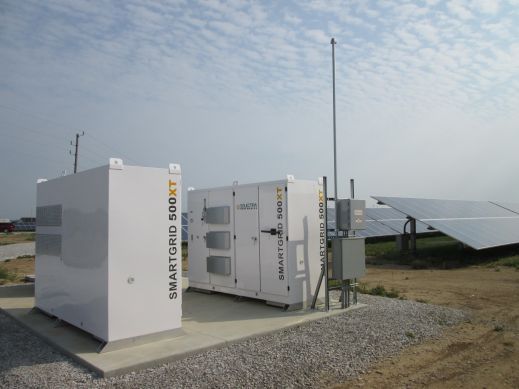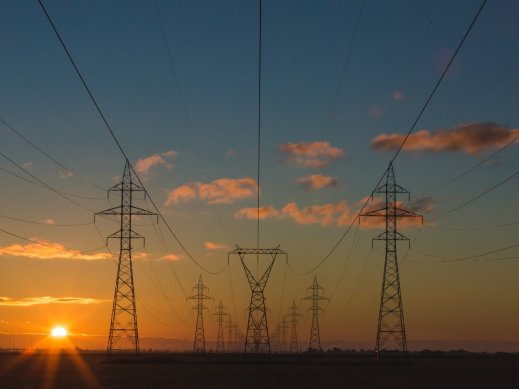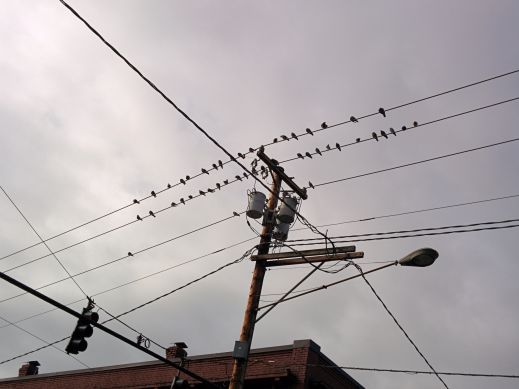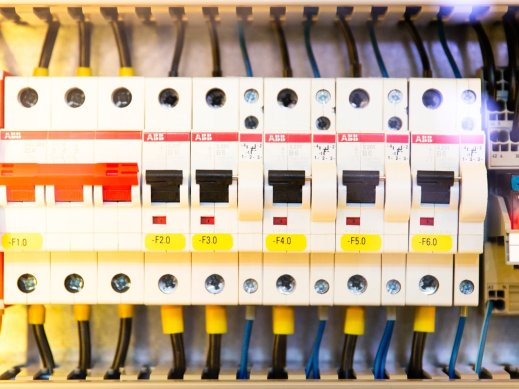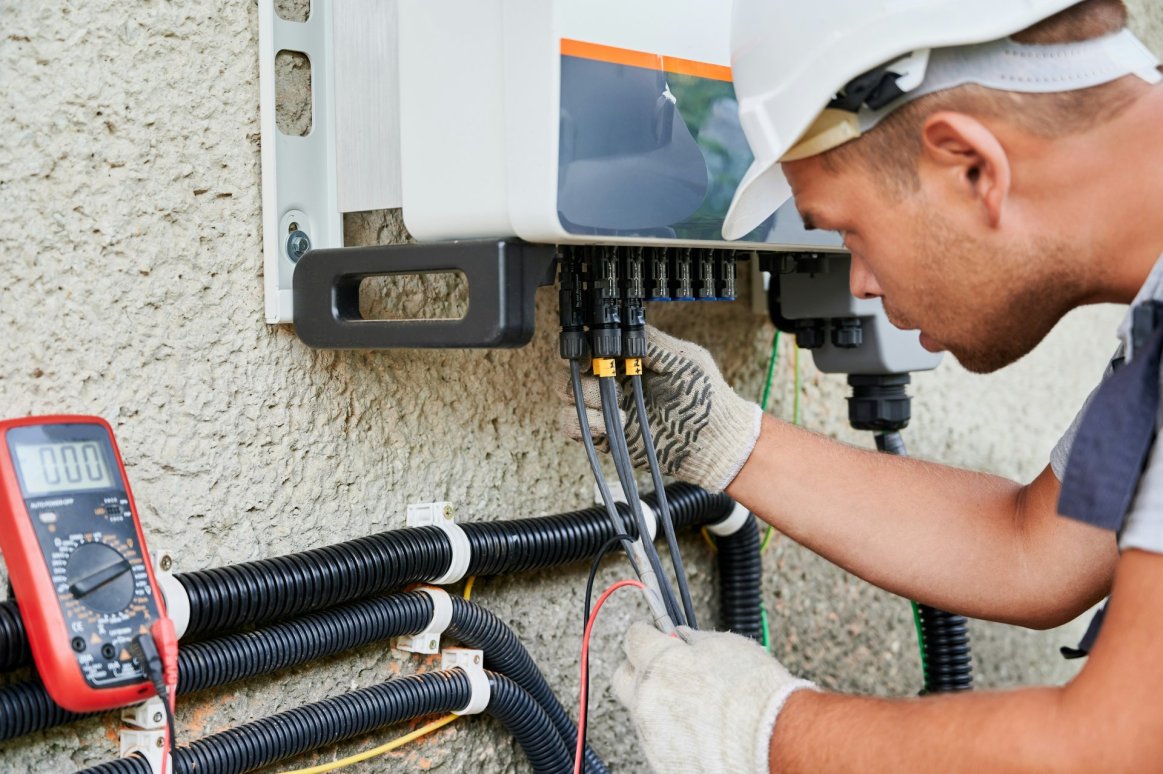
Why understanding a building’s electrical service early makes you a better solar salesperson—or installer
When a customer asks for a residential or commercial-scale solar quote, the first reaction is often to dive into module counts, kW numbers, and payback charts. The savviest reps, however, know the real starting point is hidden in the electrical room: the Point of Interconnection (POI). Nail down service voltage, breaker capacity, and tie-in location at the very beginning, and you’ll sidestep redesign loops, change orders, and awkward “we need to raise the price” calls.
Know Your Service Voltage
Master these common service configurations, and your equipment list almost writes itself:
Service | Typical Sites | Wires | Phase Colors | Key Note |
120/240 V single-phase | Homes, small retail | L1-L2-N | Black, Red | Split-phase |
208Y/120 V three-phase | Light commercial | L1-L2-L3-N | Black, Red, Blue | Most strip malls |
480Y/277 V three-phase | Warehouses, big-box stores | L1-L2-L3-N | Brown, Orange, Yellow | High-capacity loads |
480 V delta (ungrounded) | Older industrial sites | L1-L2-L3 | Brown, Orange, Yellow | No neutral |
240 V high-leg delta | Ag & mid-century factories | L1-L2-L3-N | Black, Orange, Blue | Orange = high leg 208V L-N |
Matching service voltage to inverter voltage is the fastest way to avoid transformer costs and design delays.
The Recon Mission: Photos that Matter
Skip the endless emails and request these three smartphone shots:
- Main service panel label for voltage, phase, and bus rating.
- Main breaker handle for ampacity.
- Interior of the panel to confirm wire colors and breaker space. Performed by Qualified Personnel with appropriate PPE.
If the site has a pad-mount transformer, a quick photo reveals the KVA size and Service Voltage on the top Corners. With pole-mounted transformers, two cans feeding three-phase power often signal high-leg delta, vital intel that many proposals miss.
Load-Side vs Supply-Side: Deciding How to Tie In
Most projects connect on the load side with a dedicated PV breaker. The National Electrical Code enforces a simple check:
(Bus rating × 120%) – Main breaker rating = Allowable PV breaker size
Example: A 200A electrical panel with a 200A main breaker allows a 40A PV breaker (200 × 1.2 = 240; 240 – 200 = 40). Divide by 1.25 to get the inverter’s maximum continuous AC current: 32 A in this case. When reviewing an inverter spec sheet, if the maximum continuous AC current is less than or equal to 32A, then it’s compatible with the POI.
If the panel is full or the PV system is larger than the 120% rule allows, use a supply-side tap ahead of the main switch per NEC 705. Expect utility approval, extra certifications for UL listing, and AHJ acceptance, and knowledge worth communicating up front.
Avoiding the Top Inverter Mix-ups
- Voltage mismatch: Quoting a 208Y/120V inverter on a 480Y/277V service is an expensive mistake. Requires the addition of a step-down transformer and upsized protection equipment.
- Neutral assumptions: Some inverters require a neutral; delta services don’t provide one. Choose L-L-only inverters or add a Solar-ready transformer with the primary as 240V three-phase.
- Transformer backfeed limits: A 150 kVA utility transformer caps PV at roughly 150 kW AC. Oversizing past that rating risks utility rejection or equipment upgrades.
Reading a Panel Like a Seasoned Electrician (Without Being One)
With practice, a quick glance reveals everything you need:
- Voltage and phase from the Panelboard or Switchgear manufacturer’s sticker
- Bus amperage on the same label
- Main breaker size on the handle
- Empty breaker poles indicate available space at the end of the busbar.
- Gear type: main switch, sub-panel, or disconnect; clearly marked if code was followed
Snap the photos (clear, focused, zoomed in and out), send them to engineering, and watch design cycles shrink.
Why This Makes You a Sales Hero
When you walk a site and say, “This is a 480/277 service with a 600-amp switchboard—plenty of room for a 120A load side connection, or upsize the amps for a supply-side tie-in to achieve maximum PV system size,” you:
- Earn instant credibility with facility managers
- Protect your margin by preventing change orders
- Shorten project timelines by giving engineers rock-solid data on day one
Final Takeaway
Spotting the service voltage, applying the 120% rule, and matching the inverter to the grid keeps quotes firm, customers happy, and projects profitable. You don’t need a journeyman card…just sharp eyes, smart questions, and a willingness to photograph the gear that matters.
Need a second opinion on a panel photo or one-line diagram? Greentech Renewables Design Services is ready to help. Get in touch with our team by filling out the contact us form today!
